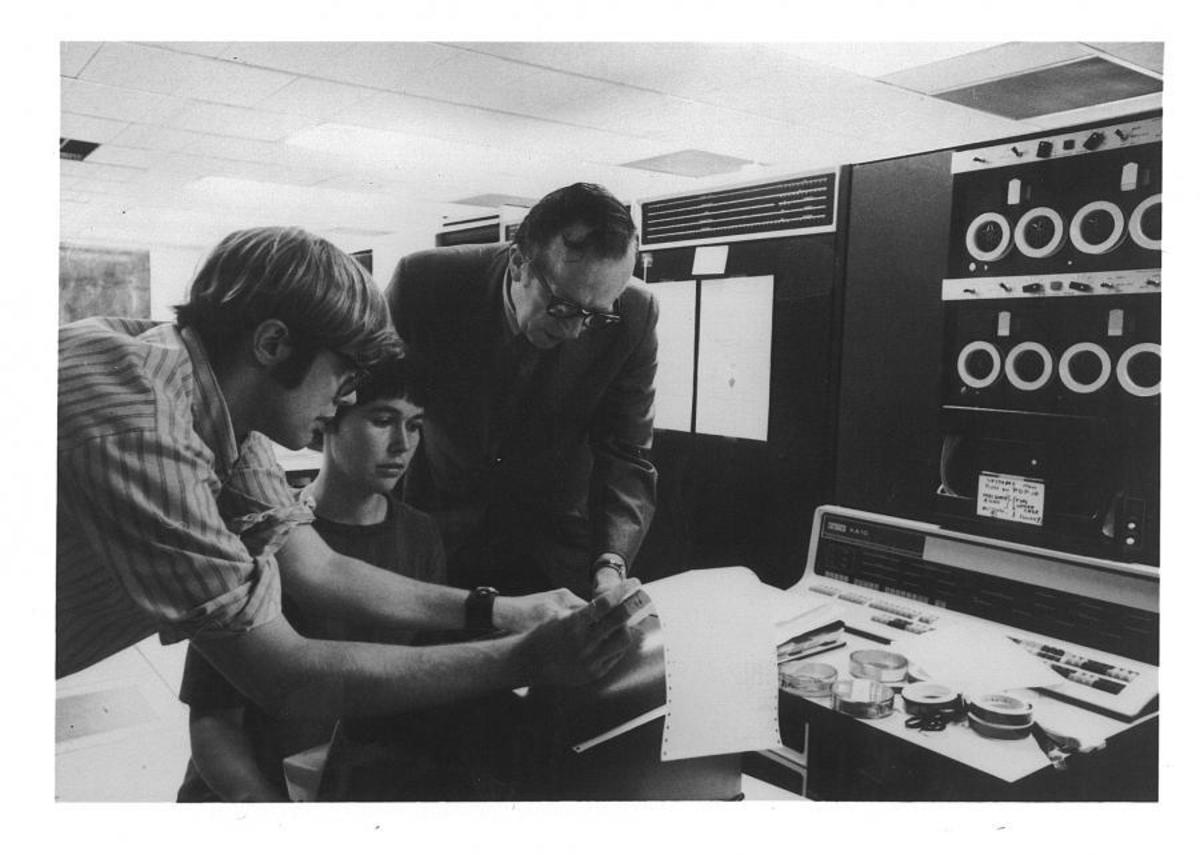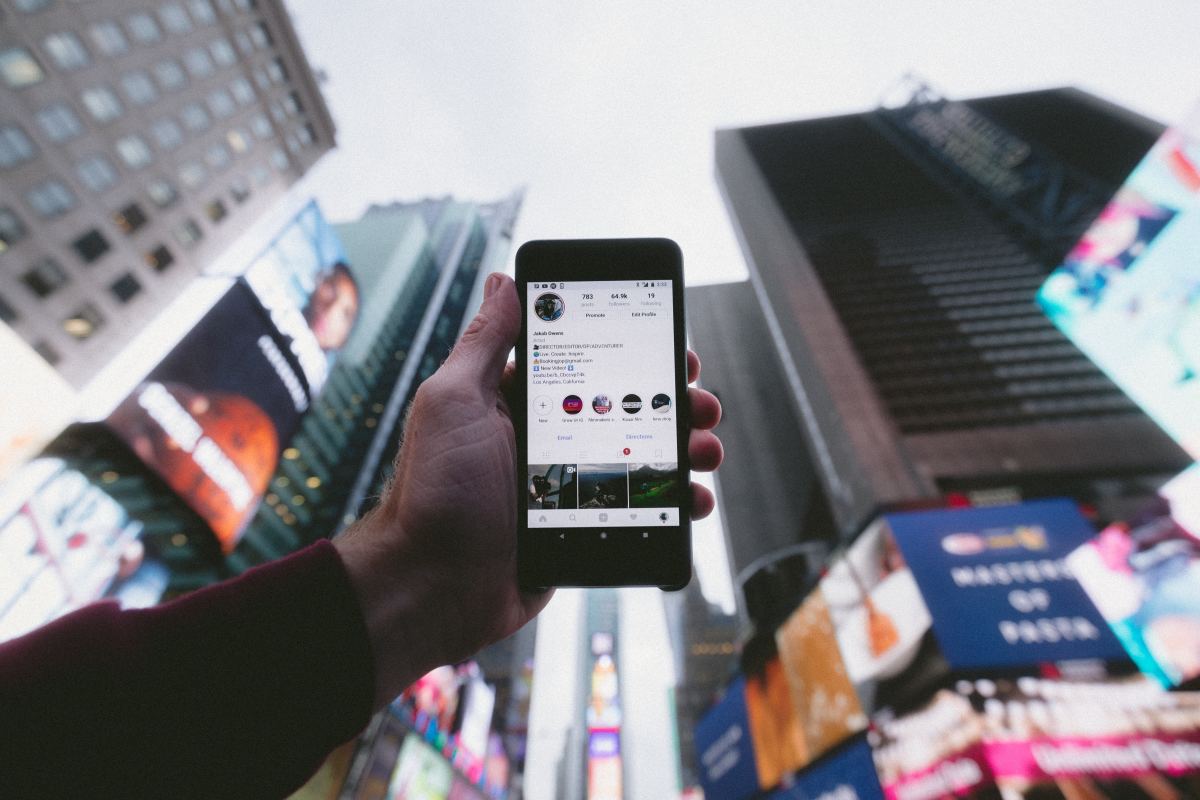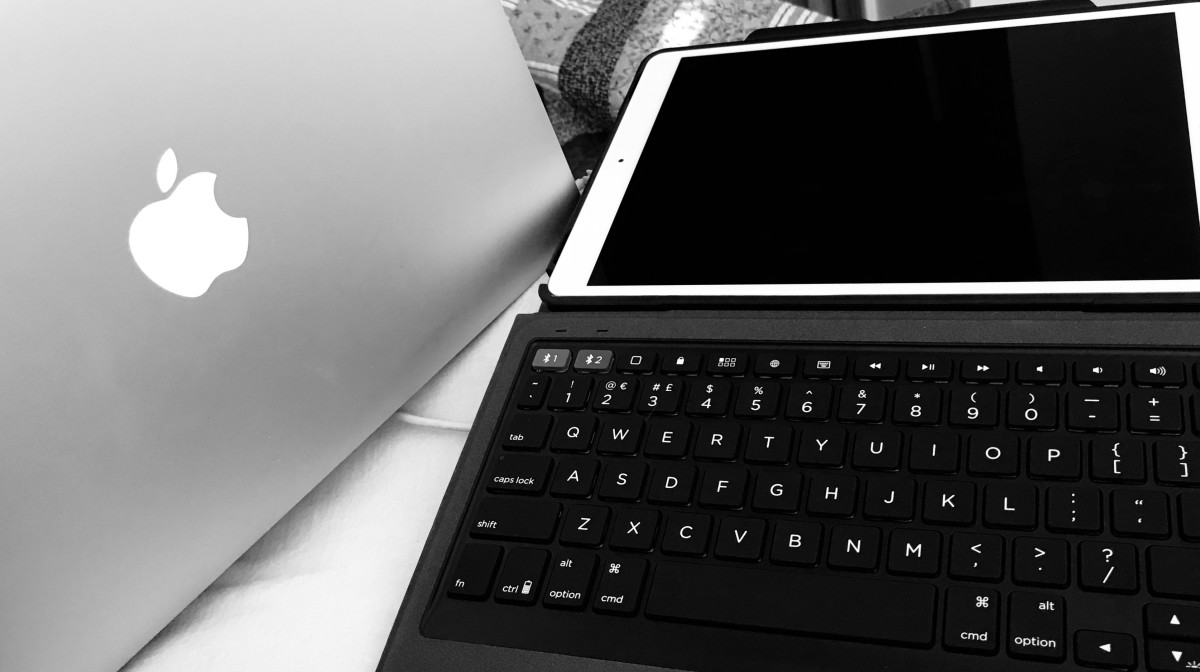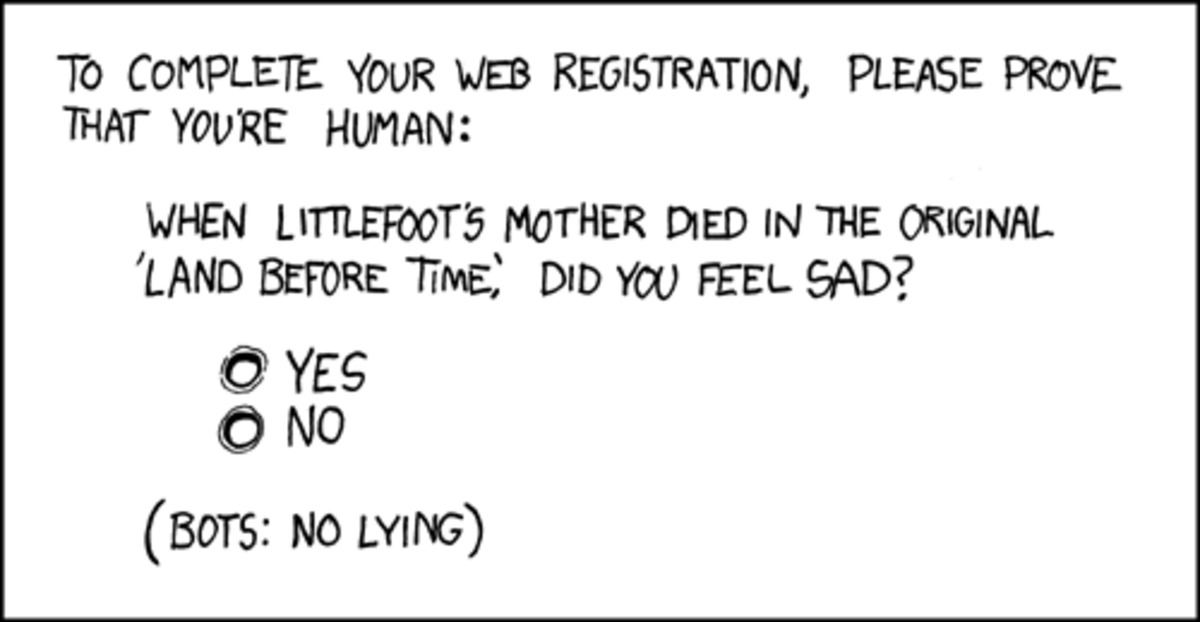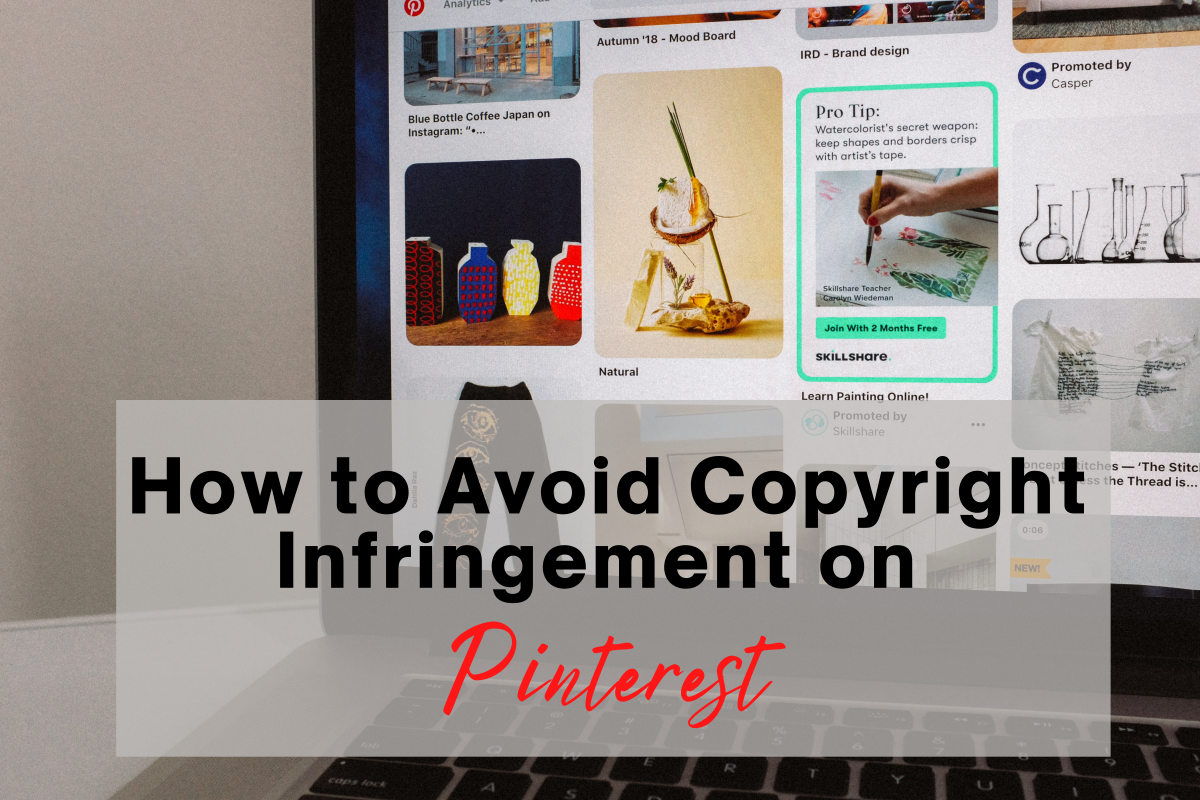How Social Media Influences Teen Alcohol Use
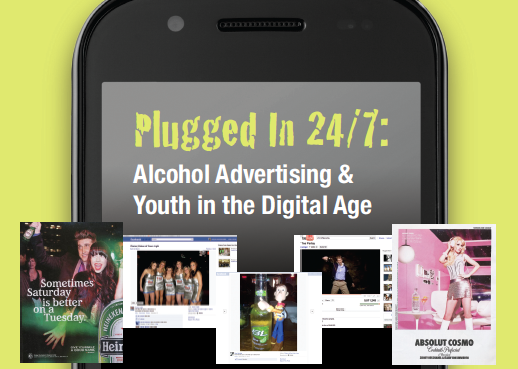
Alcohol Advertising and Under Age Drinkers in Social Media
More teens use alcohol than smoke cigarettes or marijuana, making alcohol the most used drug by young people. Young people begin to drink, on average, between age 13 and 16. Ninety five percent of the alcohol consumed by underage drinkers is consumed through binge drinking; defined as five or more drinks per drinking occasion. Under age drinkers and young adults age 21-25 have the highest rates of binge drinking. Under age drinking accounts for 12% to 20% of the US alcohol market; over 3.6 billion drinks each year. Young people who start drinking before age 15 are five times more likely to develop alcohol abuse or dependence than those who wait until they are 21.
In addition to the severe short term and lifelong consequences that an individual teen can have as a result of under age drinking, there are costs to society and there are innocent victims harmed by under age drinkers. Research now confirms that the adolescent brain is not fully developed until about age 20 and that heavy alcohol use affects brain development; impairing judgment, planning, decision making, memory, attention and spatial operations. The cost to society in terms of under age drinking and driving and other risky behaviors associated with drinking, and violent crimes is about $50 billion each year.
While alcohol related motor vehicle fatalities have decreased, most fatalities involve under age drinkers. In 2000 only 7% of drivers were under age, yet 13% of alcohol related motor vehicle fatalities involved under age drivers who were drinking. Young people who are drinking are less likely to wear a seat belt and more likely to get in a car with a drunk driver. Alcohol was involved in 36% of homicides and 10% of suicides involving people under age 21 in 2000. Homicide is the second leading cause of death for 15-24 year olds. Individuals under age 21 commit 45% of rapes, 44% of robberies and 37% of other assaults. Alcohol is involved in 50% of violent crimes. More than 70,000 students aged 18-24 are victims of alcohol related sexual assault or date rape.
While the media doesn’t directly cause a young person to develop a problem with alcohol, it exerts a significant influence at a time when parental influence is least and decision making and impulse control is worst. The consequences are severe and long lasting. The earlier a person begins to drink, the more severe their alcohol problems are likely to be. Media influence is powerful enough to tip the scales for someone who is already vulnerable to developing alcohol related problems, and is powerful enough to influence someone who otherwise has minimal risk into engaging in risky behaviors with lifelong consequences.
CAMY: Center on Alcohol Marketing and Youth
The Bloomberg School of Public Health at Johns Hopkins University has published a series of four brief videos that show how much more powerful social media influences are than television, magazine and billboard advertisements. The videos show how the rules that were developed to regulate alcohol related advertisements do not apply to social media. They show how teens who are exposed to alcohol marketing are more likely to drink, how alcohol advertising appears more often in places where teens are more likely to be online, and examines how alcohol is advertised on social media outlets such as Facebook, Twitter, YouTube, Flickr and on mobile applications. The videos show how the interactive and viral effects of social media increase their influence over young people, and examine some of the best and worst practices used by the alcohol industry and by the social media to reduce exposure to underage persons. The videos suggest regulatory actions that could be taken to reduce the influence of media, and recommend that parents not only teach their children about drinking but about marketing as well.
- Center on Alcohol Marketing and Youth
The Center on Alcohol Marketing and Youth (CAMY) at the Johns Hopkins Bloomberg School of Public Health monitors the marketing practices of the alcohol industry to focus attention and action on industry practices that jeopardize the health and safety
- The Surgeon General's Call to Action To Prevent and Reduce Underage Drinking - NCBI Bookshelf
Alcohol is the drug of choice among America’s adolescents, used by more young people than tobacco or illicit drugs. An estimated 10.8 million young people between the ages of 12-20 (28.2 percent of this age group) are current drinkers. Nearly 7.2 mil - The Surgeon General's Call to Action (PDF): Community Guide
When a health topic needs special attention, the Surgeon General issues a national call to action to everyone in America. The Surgeon General’s Call to Action To Prevent and Reduce Underage Drinking explains why underage alcohol use is a major pub - First Time Adolescent Substance Use Peaks in June and July
An annual average of 2.9 million adolescents used alcohol for the first time within the past 12 months; this averages to about 7,800 new users per day. The daily average for first use of alcohol peaked in June, July, and December, with a secon
Drawings in Sand by Yvonne Spence aka Melovy
Review of Drawings in Sand by Gail Sobotkin
Drawings in Sand is a novel that needs to be savored and mulled over like a glass of fine wine. As in real life, the characters are complex and flawed and their children are caught up in, and sometimes traumatized by, their parents' weaknesses, addictions and generational secrets. The novel starts at the lowest point of Stella's life and takes the reader on a frustrating dark journey with her as she struggles with alcoholism, sliding backwards before she can move forward.
The stakes are high as she may lose her sweet and loving daughter, Kirsty, and in fact there are times when the reader believes that losing custody of Kirsty would be in the child's best interests, but author Yvonne Spence, deftly introduces other characters that help Stella find her way into recovery and into the healing light of truth.
The ending is satisfying and touches the reader's heart without being sugary or predictable. ~Gail Sobotkin
© 2012 Kim Harris





